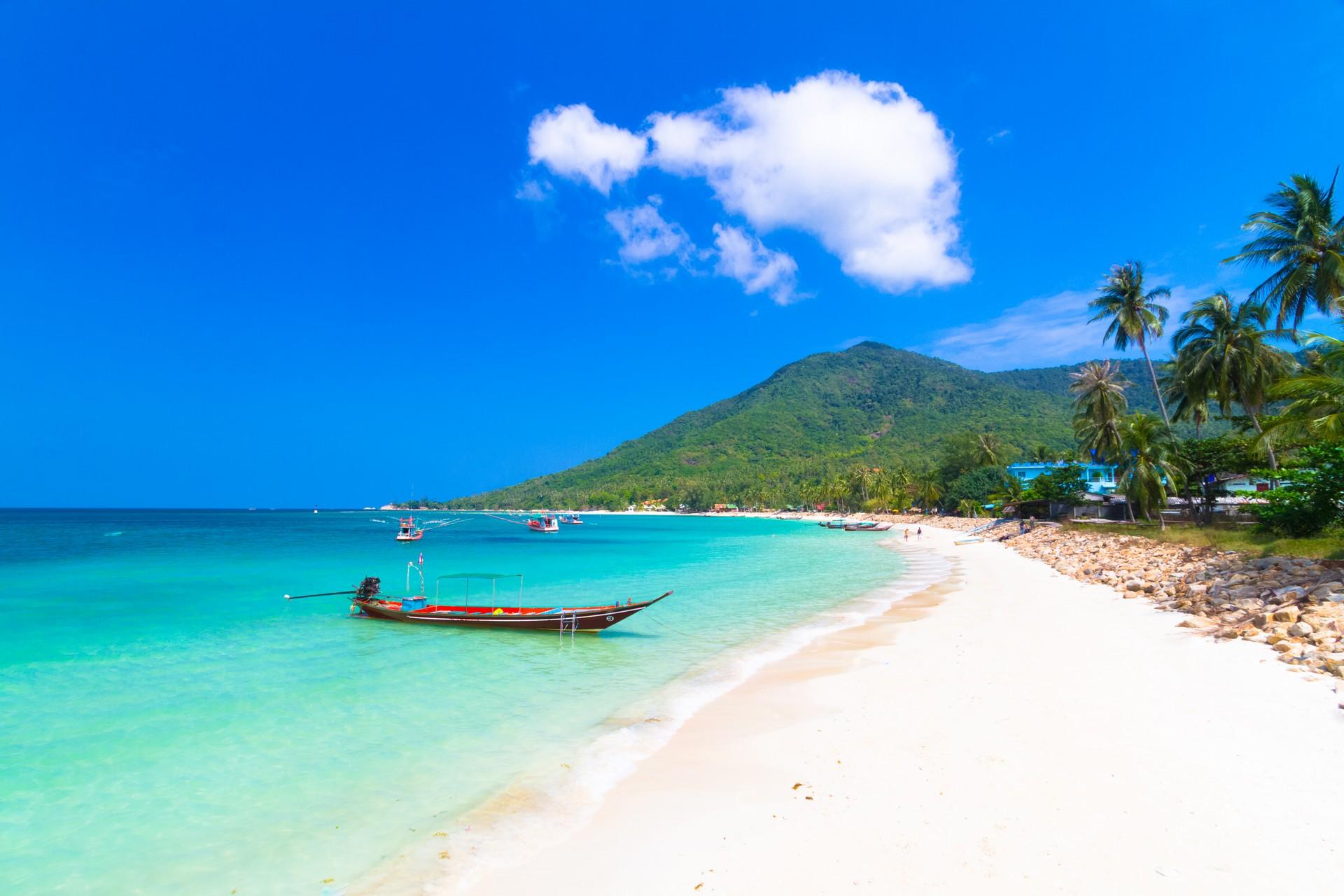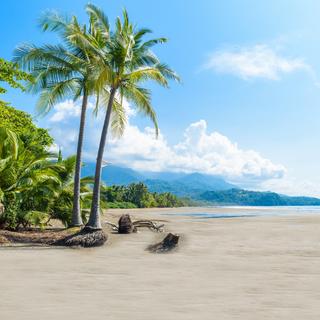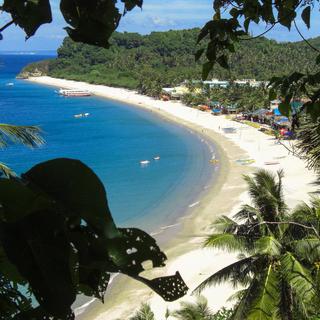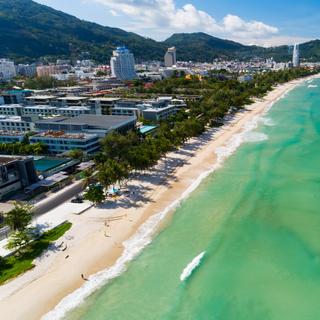
Ko Lanta weather and climate

Ko Lanta weather and climate
Day
32 °C
Night
24 °C
Sea
30 °C
Precipitation
292 mm
in month
Rainy days
19 days
in month
Daylight
12 hours
average
Sunshine
6 hours
average
Humidity
82 %
Weather charts for Ko Lanta

Find more destinations like this
Destinations with similar weather to Ko Lanta
Other destinations in South Thailand
Closest cities for Ko Lanta
Last week's weather in Ko Lanta
The week of 30 June 2025 - 6 July 2025 had an average daily temperature of 31 °C (88 °F) and a minimum (nighttime) temperature of 26 °C (79 °F). These temperatures are roughly same as the long-time average for Ko Lanta, being 32 °C (90 °F) for daily temperatures and 24 °C (75 °F) for night temperatures. The average temperatures observed during different times of day (based on local time) were as below: 7am 26 °C (79 °F), 10am 29 °C (84 °F), 1pm 30 °C (86 °F), 4pm 30 °C (86 °F), 7pm 28 °C (82 °F), 10pm 27 °C (81 °F).
During this week: 2 days without rain, 4 days with light rain and 1 day with moderate rain were observed. Ko Lanta received 10 mm (0.39 in) of precipitation throughout the week, which is below its long-term average of 51 mm (2.01 in). From dawn to dusk, there was an average of 80 % cloud coverage during the day.
Average speed of wind was 6.2 m/s. The prevailing winds blew from the West. The air pressure was 1006 hpa - 1012 hpa. On average, the air humidity in Ko Lanta was 78 %.
On average, there were 1 hour clear skies, 3.5 hours partially overcast skies, 8.5 hours overcast skies and 1 hour rainy weather during the daytime (from dawn to dusk). Average time of sunrise was 06:11, average time of sunset was 18:44.
Weather overview for Ko Lanta
Weather overview
Situated in Thailand, the beautiful island of Ko Lanta boasts a tropical climate that offers a wide range of temperatures and weather conditions throughout the year. The daytime temperatures span from a balmy 31 °C (87 °F) in November to a peak of 34 °C (94 °F) in March. The warmest nights are typically in May with temperatures reaching 24 °C (76 °F), whereas the coolest nights happen in February with 23 °C (73 °F). The island experiences its driest period in February with a mere 3 days of rainfall, contrasting with October where rain is most abundant, tallying 24 days. The island's sea temperatures also vary, with the pulsating peak in May at 30 °C (86 °F) and the refreshing dip in January at 28 °C (83 °F).
January weather
In Ko Lanta, day temperatures begin to climb, recorded at 32 °C (90 °F), along with the impending dry season. The month days see a decrease in rain with 6 days, complemented by an increase in sunny hours reaching 8 hours.
February weather
As we approach the peak of Ko Lanta's tourist season, daytime temperatures continue their upward trajectory, peaking at 34 °C (92 °F), coupled with the year's lowest nighttime temperatures of 23 °C (73 °F). A noticeable decrease in rainy days and precipitation, as well as maximum sunshine hours at 9 hours, marks February.
March weather
A heightened tourist season persists in March with peak daytime temperatures of 34 °C (94 °F). The onset of increasing sea temperatures is denoted at 29 °C (85 °F). A rise in rain volume is noted at 72 mm (2.84 in), alongside the beginning of an increase in rainy days. A decline in hours of clear skies is marked with 8 days.
April weather
April sees a thriving tourist season with ascending sea temperatures at 30 °C (86 °F) and night temperatures climbing to 24 °C (75 °F). The rainfall keeps increasing, accounted at 125 mm (4.94 in), and the number of rainy days ascends to 15 days. A decrease in average wind speed is highlighted at 2.
May weather
Ko Lanta's daily temperatures start their gradual decline, resting at 33 °C (91 °F) in May, while the sea temperature peaks. An increased trend in rainy days is reported at 21 days, and rainfall continues its ascent reaching 211 mm (8.33 in). The nighttime zenith is met at 24 °C (76 °F), signaling the onset of the wet season.
June weather
Even as the wet season persists, June sees a reduction in rainy days at 19 days and a starting decline in rainfall volume in Ko Lanta. Shorter sunny intervals are observed, dwindling to 6 hours. The island's day duration reaches its peak.
July weather
July's climate in Ko Lanta displays consistent air temperatures of 32 °C (89 °F) and sea temperatures at a similar 30 °C (86 °F).
August weather
August in Ko Lanta marks a continued wet season with a noticeable increase in precipitation, amounting to 292 mm (11.51 in), and wind speeds hitting their yearly high at 3.
September weather
The downward shift in daily temperatures initiates in September, settling at 31 °C (88 °F) in Ko Lanta, while a nocturnal decrease concurrently begins. The rise in rainy days carries on, now tallied at 23 days, as does the pinnacle of rainfall volumes, recorded at 310 mm (12.20 in). The wet season prevails with minimal sunny hours at 6 hours.
October weather
October's rains peak in Ko Lanta, counting 24 days as wet, with a starting decrease in the rainfall figures at 300 mm (11.82 in). Humidity reaches its annual high.
November weather
Approaching the pinnacle of the wet season in November, Ko Lanta experiences a mild reduction in daily temperatures. Rainfall sees a descent with 201 mm (7.90 in), while the wet days begin their decrease. The gradual increase in sunshine hours marks this month.
December weather
With the onset of the tourist season and the arrival of the dry season, December in Ko Lanta offers decreasing rainfall and wet days, noted at 12 days. The day's length shortens, but the climb in sunny hours to 7 hours is evident.
FAQs
Do January temperatures in Ko Lanta indicate warmth?
Certainly, January in Ko Lanta is characterized by warmth, with daytime temperatures escalating to 32 °C (90 °F).
Can you describe February's daytime temperatures in Ko Lanta?
February in Ko Lanta showcases an average daily temperature of around 34 °C (92 °F). An excellent climate for outdoor activities by the waterside, remember to stay hydrated under the heat.
Does March in Ko Lanta fall within the rainy season?
No, March in Ko Lanta is not considered part of the rainy season, with rainfall expected across approximately 8 days of the month.
What are the sea temperatures like in Ko Lanta during April?
In April, the sea off Ko Lanta heats up to a cozy 30 °C (86 °F). Ideal for extended swims, for those seeking cooler waters may find it less refreshing.
What's the wind situation like during May in Ko Lanta?
During May, Ko Lanta experiences average winds at a gentle 2, offering a soothing breeze that won't disrupt your holiday serenity.
What humidity levels should one expect in Ko Lanta during June?
Expect a high relative humidity level around 81 % in Ko Lanta come June, which can be somewhat uncomfortable for those unaccustomed to it.
What is the average nightly air temperature in July for Ko Lanta?
The nights in July offer a comfortable average temperature of roughly 24 °C (75 °F) in Ko Lanta.
How frequent are rainy days in Ko Lanta throughout August?
In August, one can expect nearly two-thirds of the days, precisely 19 days, to be affected by rainfall.
What trend in temperature shifts is observed during September in Ko Lanta?
September begins showing a descending trend in Ko Lanta's daily temperatures, cooling down to about 31 °C (88 °F).
Is October considered among the wettest months in Ko Lanta?
Indeed, October stands as Ko Lanta's rainiest month with the average number of wet days topping at 24 days.
How much sunshine is typically available in Ko Lanta during November?
The month of November in Ko Lanta gifts inhabitants with an average of 6 hours of sunlight per day.
Is December a popular time for tourists to visit Ko Lanta?
December is an opportune time for a holiday in Ko Lanta, where one can enjoy moderate daytime temperatures of around 31 °C (88 °F) and delightful sea temperatures averaging 28 °C (83 °F).









